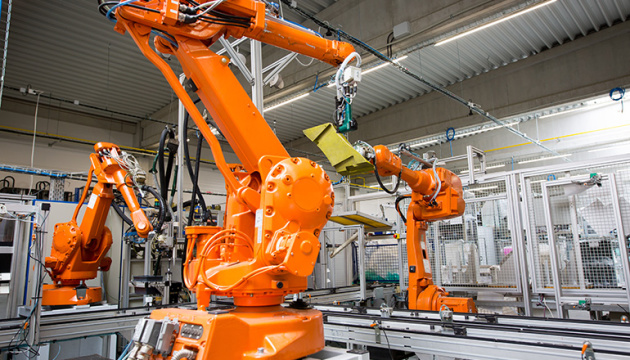New smart glass technologies have not yet become a mass phenomenon in modern architecture. Perhaps the biggest news comes from Australia, where there is plenty of sunshine even in winter. Smart glazing of window openings will save money in cooling and heating buildings and will also be able to produce electrical energy without absorbing any visible light.
As reported by Australia’s ClearVue Technologies, Hayball Architects has chosen the company’s smart windows for the glazing of a six-storey building to be built for the CFMEU, one of Australia’s largest unions. According to some estimates, smart windows that provide regular light can help reduce a building’s heating and cooling energy consumption by up to 70%.
A type of nano-coating is applied to the entire area of the glass in a BIPV double glazing unit, which re-reflects infrared and ultraviolet rays in the solar spectrum towards the edges of the windows, where the solar panels are sensitive. are placed in these intervals. Visible light penetrates the room and creates ordinary lighting that is comfortable for people.
Due to their structure, smart glasses remain slightly cooler than ordinary glasses compared to the surrounding air (about 3.5°C during the day). This allows you to spend less on air conditioning in the room, not to mention that the windows themselves generate electricity.
A building will be built in Melbourne for the union. The glass will likely be produced by a local company, Melbourne Safety Glass. The cost of the project will be 12 million Australian dollars ($8 million). Getting started could be a good advertisement for smart glazing. These and similar technologies have been worked on for a long time.













